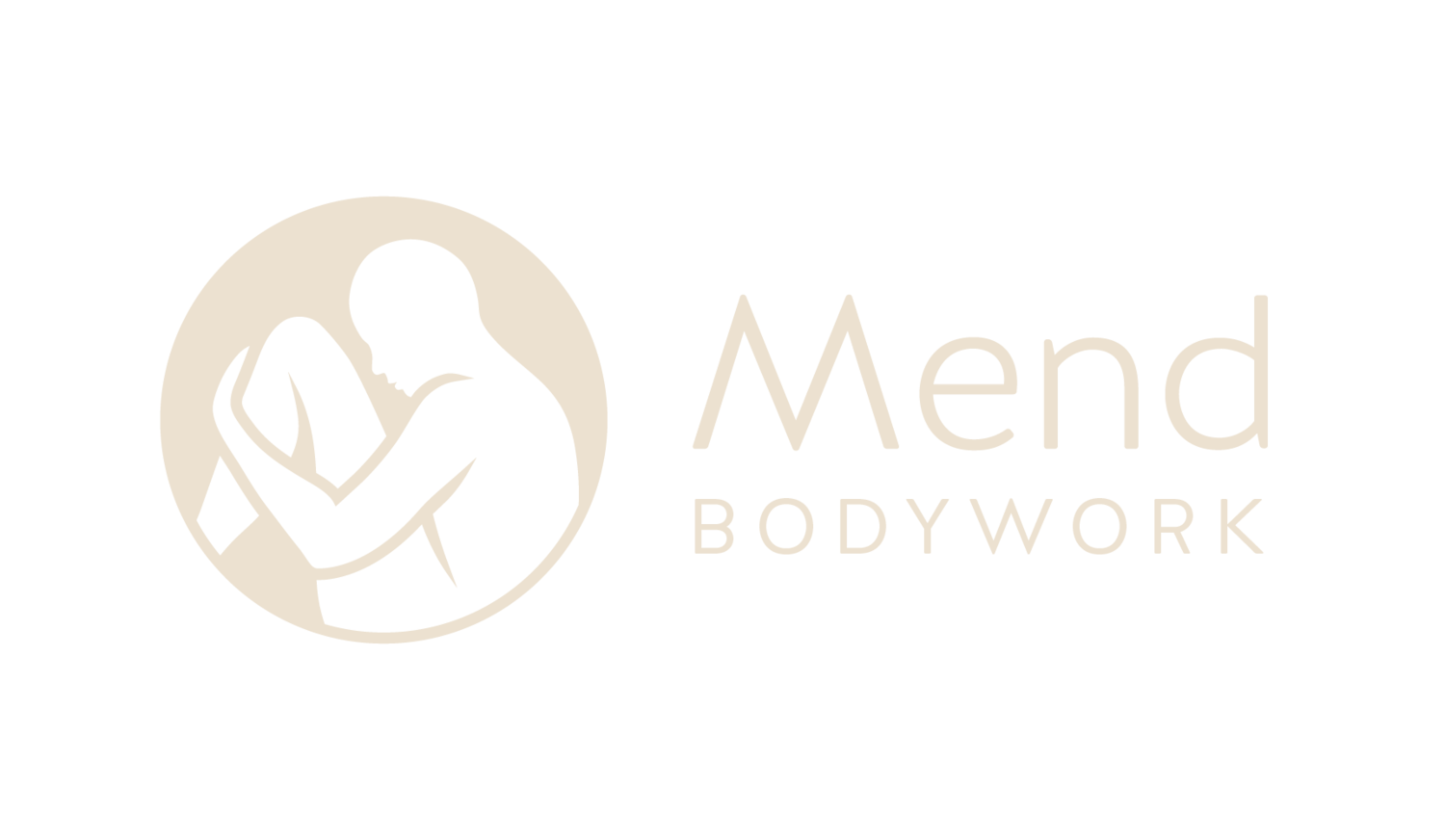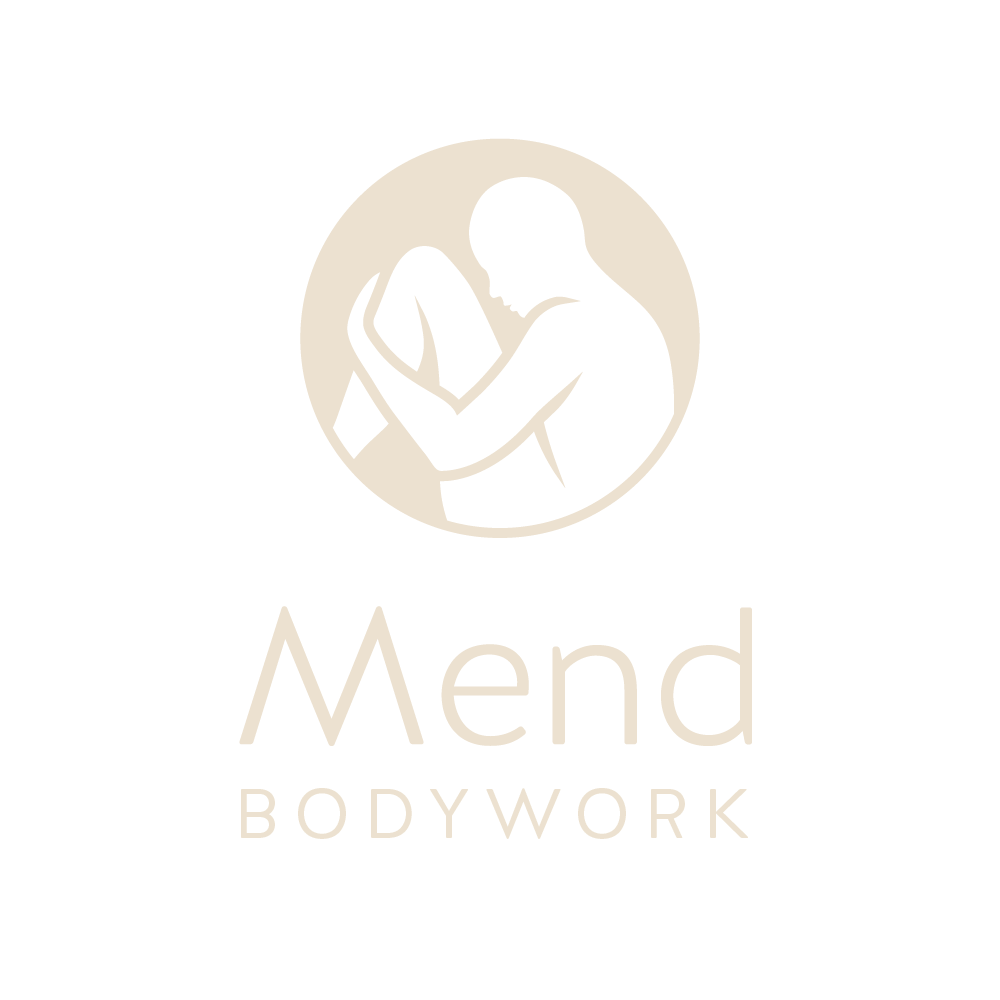Understanding Craniosacral Therapy: A Gentle Approach to Stress Reduction and Nervous System Support
In today's fast-paced world, stress and its harmful effects on our health have become increasingly prevalent. Many individuals seek alternative therapies to alleviate stress and promote overall well-being. One such therapy gaining popularity is Craniosacral Therapy (CST). In this blog, we will delve into the basics of Craniosacral Therapy, explore how it works, and discuss its potential benefits for stress reduction and nervous system support.
What is Craniosacral Therapy?
Craniosacral Therapy, CST, is a holistic and non-invasive form of bodywork that aims to restore the Nervous System, enhance the body's self-healing abilities, and improve the clients awareness of their own body. It was developed by Dr. John E. Upledger, an osteopathic physician, in the 1970s. CST is rooted in the belief that the craniosacral system, which includes the cerebrospinal fluid, the membranes that encase the brain and spinal cord, and the bones of the skull and sacrum, plays a vital role in maintaining our overall health.
How Does Craniosacral Therapy Work?
CST practitioners use their hands to apply gentle pressure to various parts of the body, primarily focusing on the skull, spine, and sacrum. The light touch aims to not only allow the practitioner to listen to their clients body with great presence but also helps the practitioner float “under the radar” or their clients protection mechanisms in hopes to facilitate greater releases. Within a session, a client will experience release of tension, improved cerebrospinal fluid flow, and restoration/balance within the craniosacral system.
What to Expect?
During the session, I use a light touch to evaluate the rhythm of the client's craniosacral system. This involves monitoring the movement of cerebrospinal fluid and assessing the cranial bones' mobility. Using gentle techniques, I work to release any restrictions, adhesions, or tension within the craniosacral system. This involves facilitating the body's self-correction mechanisms. During the session it is normal to experience colors, lights, random thoughts/memories and slight intensification of symptoms before they release. As tension and restrictions are released, clients often report feeling more relaxed and experiencing reduced pain or discomfort within a few days.
Potential Benefits of Craniosacral Therapy
Stress Reduction: One of the primary benefits of CST is its ability to promote deep relaxation and reduce stress. The gentle touch and manipulation of the craniosacral system can help restore the nervous system, leading to an increased ability to navigate life's stressors.Pain Management: CST may be effective in managing various types of pain, including headaches, migraines, back pain, neck pain and joint discomfort. Because the nervous system affects all other systems of the body, a CST session can alleviate unexpected pain areas and improve overall comfort. Improved Sleep: Many individuals find that CST helps improve their sleep quality. By reducing tension and promoting relaxation, it can lead to more restful and rejuvenating sleep. Enhanced Well-Being: CST is often used as a complementary therapy for a wide range of conditions, including anxiety, depression, and post-traumatic stress disorder (PTSD). It can promote emotional well-being and help individuals cope with the effects of stress and trauma. Nervous System Support: CST is believed to support the central nervous system by optimizing the flow of cerebrospinal fluid. This can have a positive impact on neurological conditions and overall nervous system function.
Who could benefit from Craniosacral Therapy?
Because the nervous system affects so many other systems, honestly everyone should try a few sessions of Cranio. That being said, Craniosacral is especially helpful for people with:
Neck/back pain
Headaches/Migraines
Depression and Anxiety
History of Concussions
Pre or Post surgery
Stress
Chronic pain or fatigue
Sensory issues
Autism
Alzheimer's disease and Dementia
Brain injury
Note: Always remember that CST is meant to complement conventional medical care and should not be used as a replacement for necessary medical treatments when required.
Conclusion
Craniosacral is an incredible modality being recommended anywhere from Doctors, Pediatricians, and other medical physicians to Reiki Masters and other holistic healers. There are many types of restrictions that can occur in the body such as bony, fascial, membranous, somatic, etc. No one knows how to release these restrictions better than your own body and CST practitioners are designed to support that process.
While it may not be a cure-all, many people have reported positive results in terms of stress reduction, pain management, and overall relaxation.
Want to try it yourself?
I am currently offering 25% off your first time!

